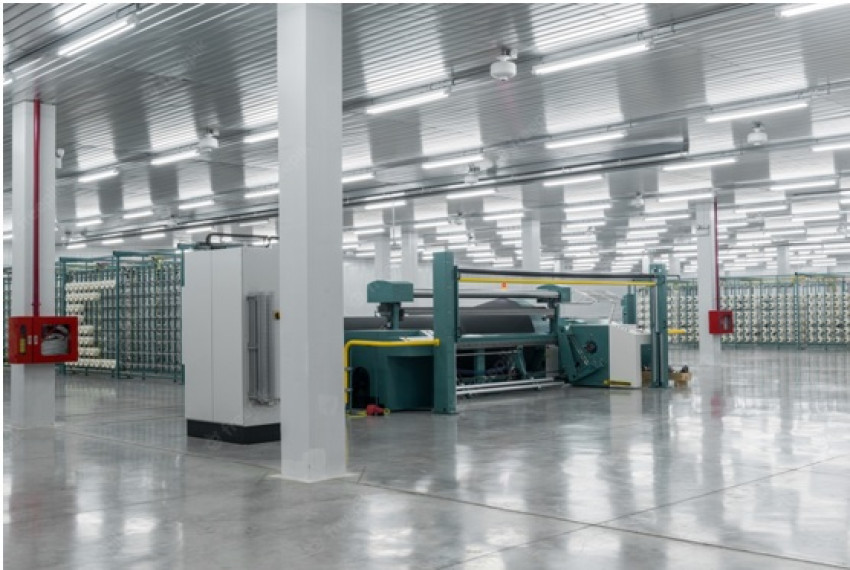
Welcome to our blog post on foundation repair! If you're a homeowner, the thought of your home's foundation needing repair can be a bit unnerving. After all, your foundation is what keeps your house stable and secure. But fear not! In this article, we will take a closer look at different techniques and technologies used in foundation repair that can help restore stability to your home. So grab a cup of coffee and let's dive right into the world of foundation repair building repair contractors mumbai!
The Purpose of Foundation Repair
The purpose of foundation repair is simple yet crucial: to ensure the stability and structural integrity of your home. The foundation serves as the base upon which your entire house rests, providing support for walls, floors, and everything in between. Over time, however, various factors can cause damage to the foundation.
One common culprit is soil movement. As the soil beneath your home expands or contracts due to changes in moisture levels or composition, it can exert pressure on the foundation and lead to cracks or shifts. Poor drainage around the perimeter of your property can also contribute to these issues by allowing water to accumulate near the foundation.
Different Types of Foundation Repair
One of the key aspects of foundation repair is understanding the different types of techniques that can be used to address various issues. Here, we take a closer look at some of these methods:
1. Foundation Underpinning: This technique involves strengthening and stabilizing the foundation by extending it deeper into the ground. Common methods include steel piers, helical piers, or concrete underpinning.
2. Slab Jacking: Also known as mudjacking or pressure grouting, this method involves injecting a mixture of cement and other materials beneath a sinking slab to raise it back to its original position.
3. Pier and Beam Repair: This approach is commonly used for older homes with pier and beam foundations. It may involve replacing damaged beams or adjusting existing supports to restore stability.
4. Waterproofing: A crucial aspect of foundation repair, waterproofing helps prevent moisture intrusion from causing further damage. Techniques may include installing drainage systems or applying sealants.
5. Crawl Space Encapsulation: For homes with crawl spaces, encapsulation involves sealing off the area to prevent moisture buildup and potential damage to the foundation.
Each type of foundation repair has its own unique benefits and considerations based on factors such as soil conditions, structural issues, and budget constraints. It's important to consult with a professional who can assess your specific situation and recommend the most appropriate solution for you.
Technologies Used in Foundation Repair
When it comes to foundation repair, technology has revolutionized the industry. Innovative techniques and advanced tools have made it possible to address foundation issues efficiently and effectively. Here are some of the technologies used in foundation repair:
1. Helical Piers: These are steel shafts with helical plates that are screwed into the ground beneath a settling or shifting foundation. They provide stability and support by transferring the weight of the structure to more stable soil layers.
2. Polyurethane Injection: This technique involves injecting expanding polyurethane foam into voids or cracks within a foundation. The foam expands and solidifies, filling any gaps and providing additional support.
3. Carbon Fiber Strips: Carbon fiber is an incredibly strong material that can be used to reinforce foundations experiencing horizontal cracking or bowing walls. The strips are applied using epoxy resin, creating a durable reinforcement system.
4. Epoxy Grouting: This method involves injecting epoxy grout under pressure into voids or loose soil beneath a sinking foundation. The grout fills these spaces, compacting the soil and stabilizing the structure above.
The Importance of Professional Foundation Repair
When it comes to foundation repair, it's crucial to leave the job in the hands of professionals. While some may be tempted to try DIY methods or hire inexperienced contractors, the importance of professional foundation repair cannot be overstated.
One key reason why professional expertise is necessary is because they have the knowledge and experience to accurately diagnose foundation issues. They can identify underlying causes such as soil instability or water damage that may not be apparent at first glance. This ensures that repairs are targeted and effective, preventing further damage down the line.
Another advantage of hiring professionals is their access to specialized equipment and technologies. Advanced tools like hydraulic jacks, laser levels, and soil stabilization systems enable them to carry out precise repairs with minimal disruption to your property. These technologies also allow for more accurate assessments and long-lasting solutions.
Conclusion
Foundation repair is an essential aspect of maintaining the structural integrity of any building. Whether it's a residential property or a commercial establishment, addressing foundation issues promptly can prevent further damage and ensure the safety and longevity of the structure.
Throughout this article, we have explored different types of foundation repair techniques and the technologies used in these processes. From underpinning to slabjacking, professionals employ various methods depending on the specific needs and conditions of each project.
It is crucial to remember that foundation repairs should always be left in the hands of experienced professionals. Attempting DIY fixes or relying on temporary solutions may lead to more significant problems down the line.




